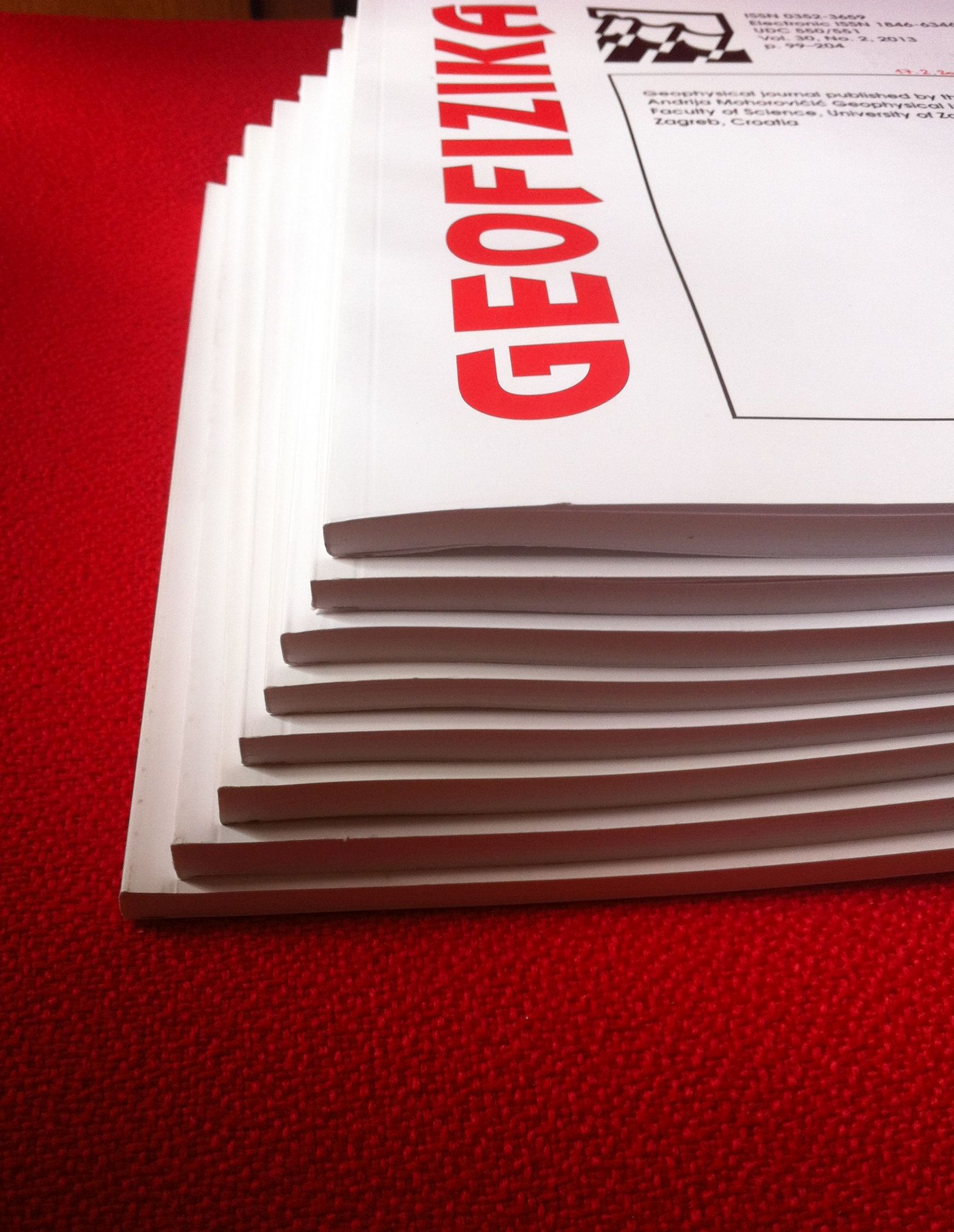Geological structural mapping using aeromagnetic data to predict zones of rare earth minerals potential
DOI:
https://doi.org/10.15233/gfz.2025.42.9Keywords:
Lepidolite, Euler deconvolution, Aeromagnetic, Rare-Earth mineralsAbstract
The application of aeromagnetic anomalies to rare earth mineral (lepidolite) exploration in Ijero-Aramoko pegmatite field Southwestern Nigeria, has been carried out with a view to determining the locations and depth to the lineaments hosting the pegmatite bodies. The methodology adopted involved Euler deconvolution technique applied to the 2-D profile and gridded potential field data to obtain estimates of locations and depths of causative bodies. The data was upward continued to a height of 12 km and the regionals was subtracted to yield the residual aeromagnetic map with enhanced shallow magnetic sources (structures) and anomalies of intrests. The 2-D geomagnetic sections developed along two section lines across the study area delineated suspected fault/fracture zones that area characterized by low magnetic succesptibilty. Euler deconvolution methods was applied to the data with SI values 0.5, 1 and 2. Euler solution for structural indices and the power spectral analysis gave depth values which ranged from < 10 – 50 m for shallow sources, 50 – 250 m for intermediate magnetic sources and 250 – 770 m for deeper sources. The Euler solution for structural indices of 0.5 and 1.0 gives the best solutions. The results of this study showed that pegmatite rich rare earth mineralisation occurs as a magnetic source which exhibited low magnetic intensity at relatively shallow depth. The existence of mining sites close to the lineaments further confirms the evidence of mineralisation of some the geologic structures delineated in the study area.
Downloads
Published
Issue
Section
License
Copyright (c) 2025 G e o f i z i k a

This work is licensed under a Creative Commons Attribution-NonCommercial 4.0 International License.

